One of the highlights of my visit to Dumfries and Galloway in Scotland at the end of last month was a visit to Buittle Castle. At the time, restrictions in Scotland meant that very few places were open, but I came across this little 'castle' while I was researching online, and I promptly booked onto the afternoon tea and tour. The ruins of the early castle are located here, but the new 'castle' itself is really a fortified home, lovingly restored by the current owners, who are descendants of the original owners (Balliol family). In fact, the land here has had over 30 generations of family ownership (excluding a brief 60-year gap). They have recently re-purchased the castle and have recently restored it in line with medieval design (with a modern twist). The sunken garden at the back is currently being restored, and the original stables serve as a bed and breakfast for guests.
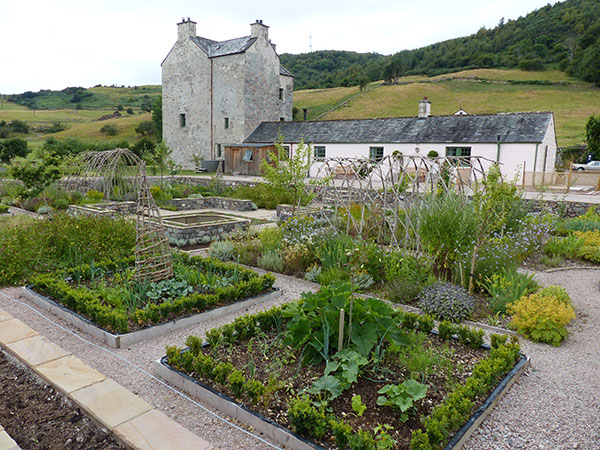
The location of the original Buittle Castle (the ruins) on this site next to the river was important strategically, and Iron Age ruins have been discovered here. In the 12th and 13th centuries, the Lords of Galloway resided here to create a motte and bailey castle. The ruins of this can be seen today, just beyond the sunken garden.

Buittle Castle itself is located in a valley with access down a narrow winding road, which made my partner uneasy with his car. He assumed that I'd led him down into an unmaintained castle, but he took those words back when he eventually got to go inside, as he later told me that it was the highlight of out long weekend away in Galloway, Scotland.
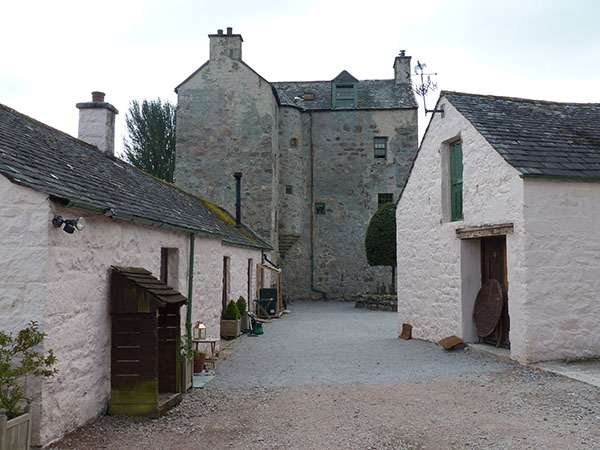
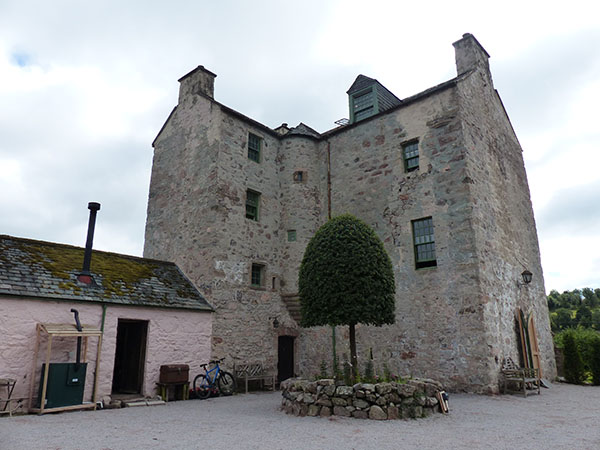
I enjoyed a drink in the castle courtyard before the tour, and we had a fairly large group. I also had a quick walk around the garden and admired the castle from the different views.
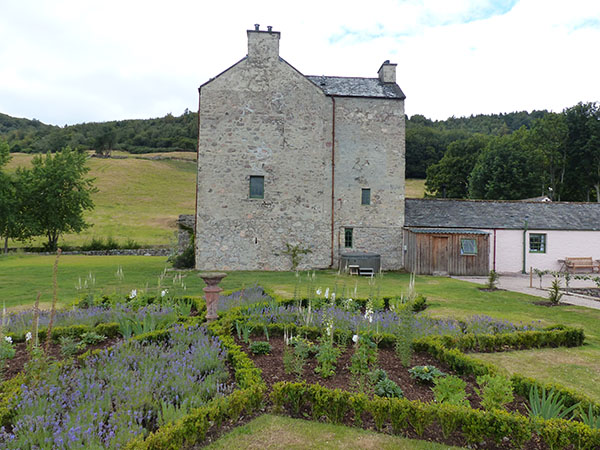
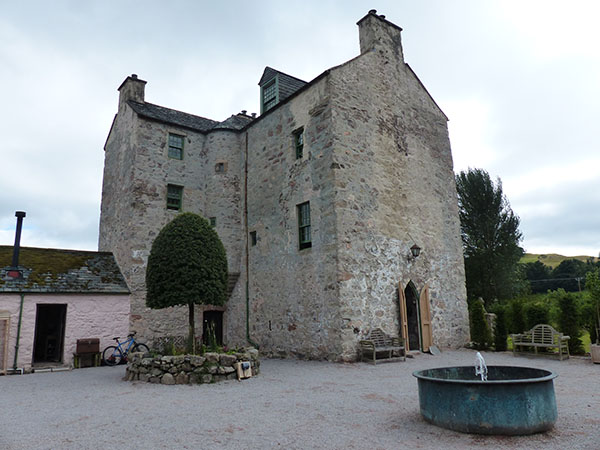
The original castle dates from around 1170. The castle, known as Botel in the middle ages, was actually the seat of Scottish government for a few years through the marriage of John Balliol. The newer structure (fortified house) dates from the 16th century, and it has been altered a bit.
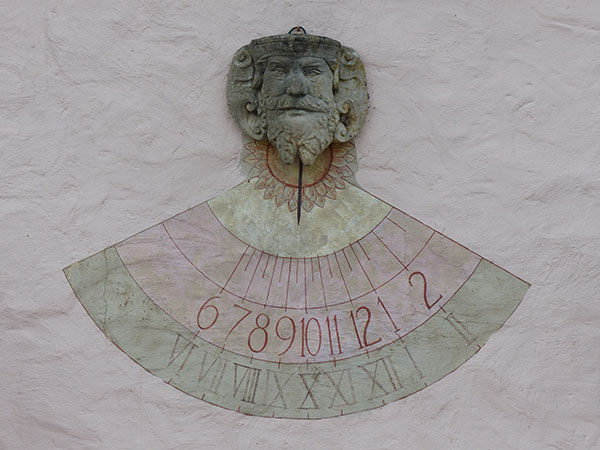
Robert the Bruce actually seiged the castle during the Scottish Wars of Independence, and the castle was given to James Douglas in 1313. It was later passed back to the Balliol family. The original castle became ruins by the 16th centuries, and the new house was built.
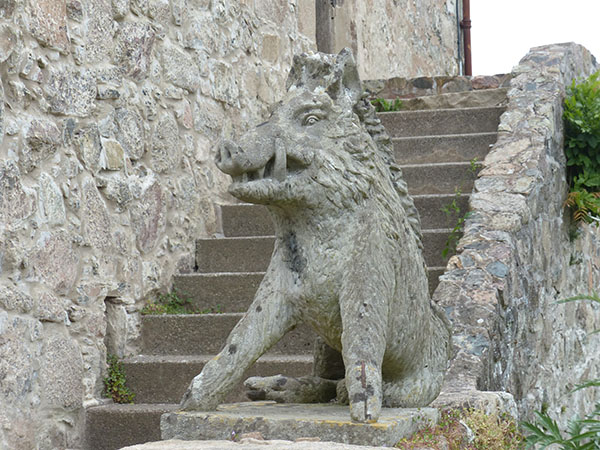
The fortified house did not have ground level access as a defence mechanism. The ground floor has a vaulted ceiling and was used for storage. Today, it is set up as a chapel as the current owners are Roman Catholic, and services are held by them in the chapel. The chapel includes original relics that were passed down through the family and an alter that was re-purposed from other uses.
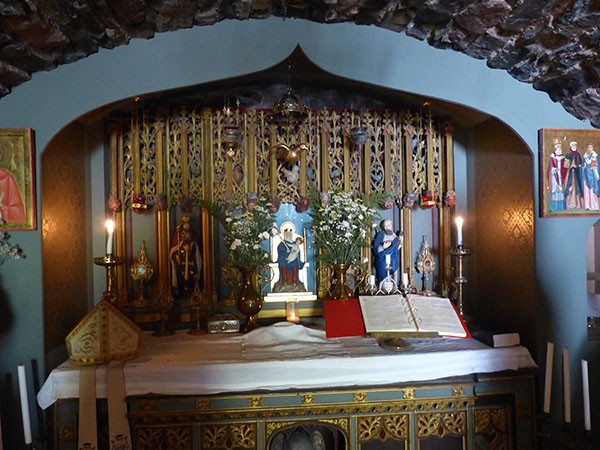
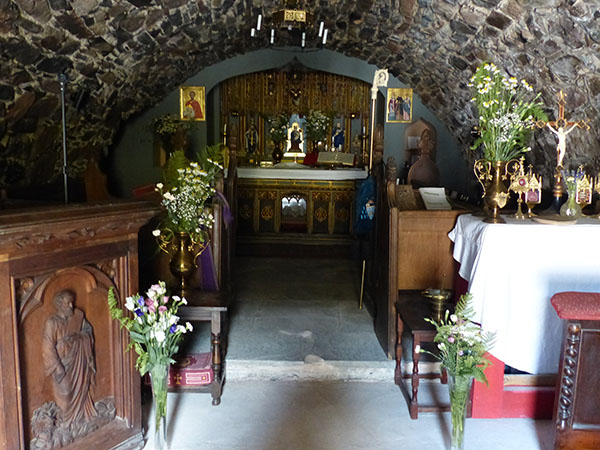
The first floor would have been the original entrance and where the family lived. The first room was a reception room.
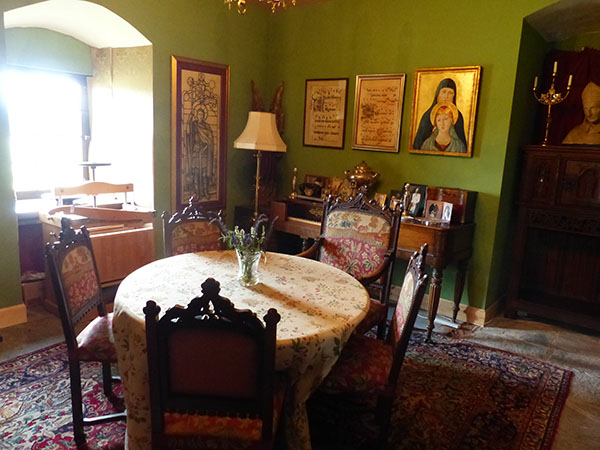
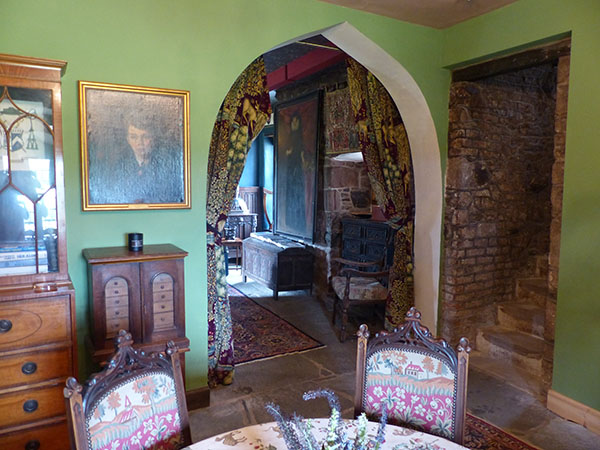
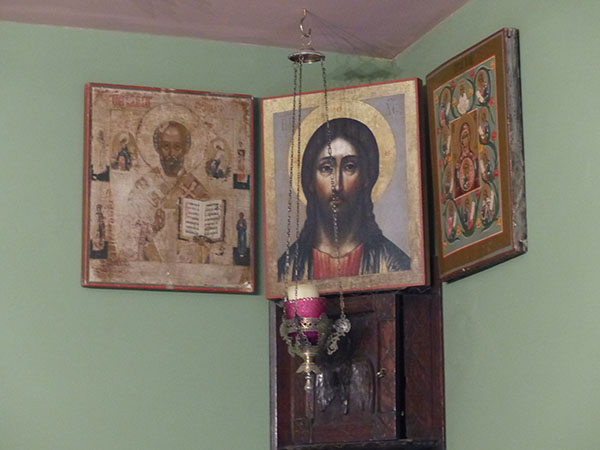
Off of the reception area is the Great Hall, which has been restored.
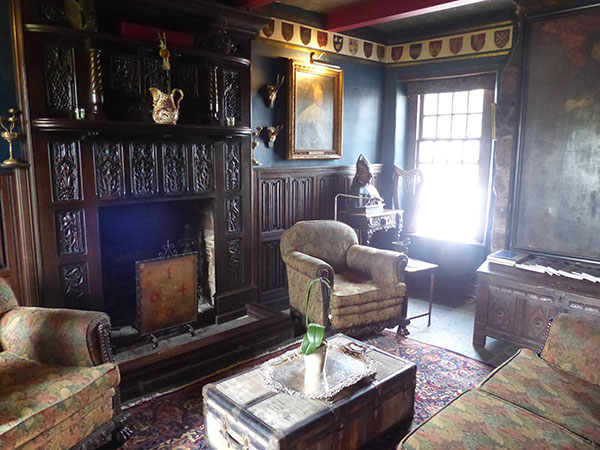
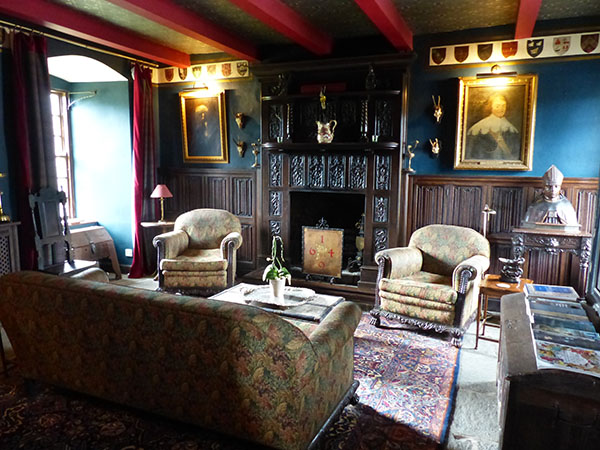
Mary Queen of Scots stayed at Balliol Castle, and the upstairs bedroom is dedicated to her.

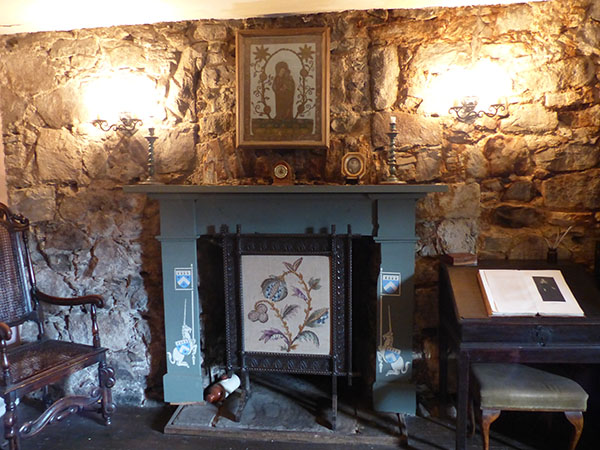
After the tour of the house, we sat down in one of the recent extensions of the castle grounds. This was built as a chapel, and it was where we enjoyed afternoon tea.
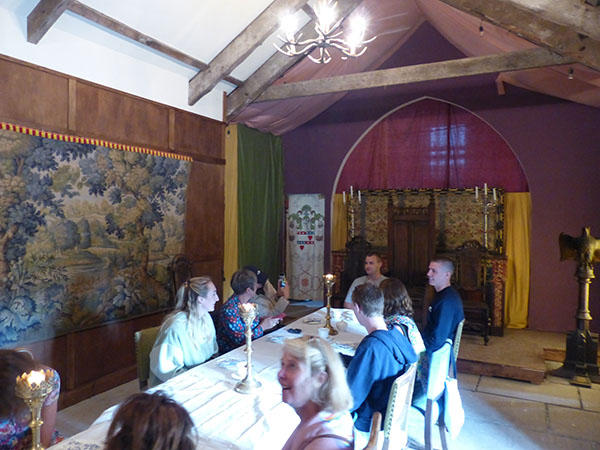
The tea came with cucumber sandwiches, scones with jam and lemon curd and clotted cream, and a selection of small pastries - little pieces of cake, shortbread, and French Fancies. It also contained a glass of yogurt.


After the afternoon tea and chatting to a nice couple sat next to us (who were staying that night at the bed and breakfast at Buittle Castle and got through the past year by walking and losing weight), we headed on our way. Visitors to the Galloway area should definitely visit Buittle Castle. The owner has a sense of pride at restoring the castle and discussing its history.

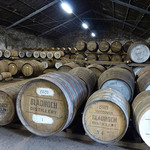
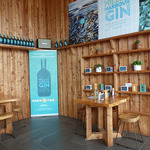
Leave a comment